1. Kudzu
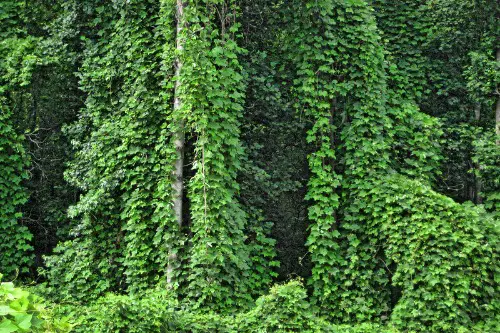
Kudzu is famously called “the vine that ate the South,” and for good reason. It produces large leaves and lovely purple flowers, making it look harmless at first. But this plant is a growth machine, covering trees, roofs, and power lines in no time. It can smother other vegetation completely, leading to serious ecological concerns.
Kudzu spreads both by seeds and roots, meaning even small fragments can sprout new plants. Once it’s established, removal is extremely difficult and often requires repeated herbicide treatments or manual labor. People plant it for quick coverage, but it’s the classic “beautiful until it’s everywhere” story. Despite its charm, kudzu earns a reputation as a full-blown invader.
2. English Ivy
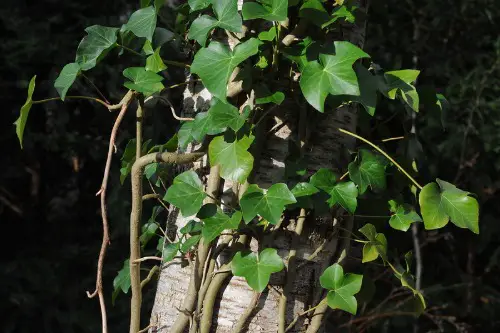
English ivy climbs everything: walls, fences, trees, you name it. Its dense green leaves look lush year-round, giving homes an almost storybook charm. But that charm can quickly turn menacing when it overtakes shrubs and trees. English ivy can strangle other plants, cutting off their sunlight and nutrients.
It also has a sneaky way of creeping into nooks and crannies around your house. Roots can work their way under siding or into brick mortar, causing structural headaches. Many homeowners plant it for the aesthetic, only to spend years battling its tenacity. Ivy is gorgeous, but it’s basically the plant equivalent of a houseguest who never leaves.
3. Mint
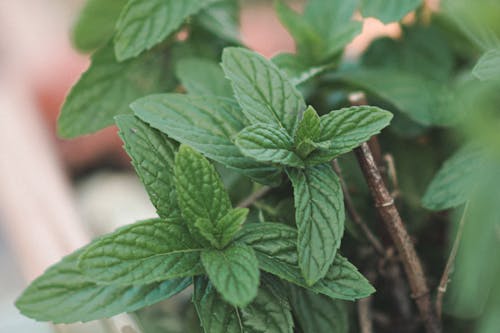
Fresh, fragrant, and perfect for mojitos, mint seems like a harmless herb to toss in a garden. The leaves smell amazing and can even be used to deter pests in other parts of your yard. However, mint has an alarming habit of running rampant through soil. Those runners can pop up far from the original planting spot, invading flower beds and lawns.
Gardeners often underestimate its vigor until they’re battling a full-on mint invasion. Once it spreads, it’s very difficult to completely eradicate without digging up large swaths of soil. Planting mint in containers is usually the only way to enjoy it safely. Despite the hassle, few plants smell as good as a healthy mint patch.
4. Wisteria
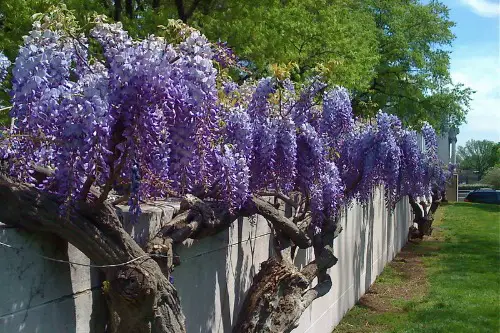
Wisteria is the showstopper of spring, dangling cascades of purple or white flowers like a fairytale scene. Its twisting vines can cover trellises and pergolas beautifully. The problem? Those same vines are incredibly strong and fast-growing. They can strangle trees, climb onto roofs, and even damage fences if left unchecked.
Many gardeners fall for the floral spectacle without realizing the maintenance nightmare ahead. Cutting wisteria back is not a one-time task; it demands regular pruning to prevent it from taking over. It’s a love-hate relationship: stunning to look at, but a little terrifying in its vigor. With careful planning, it can be managed—but ignore it, and it’s a full-scale property takeover.
5. Bamboo

Bamboo is like the overachieving student of the plant world—it grows fast, looks sleek, and gives you that zen garden vibe instantly. Its tall, green stalks can create a natural privacy screen almost overnight. But once it settles in, those roots, called rhizomes, spread aggressively underground. Before you know it, bamboo can push up through sidewalks and invade neighboring yards.
The beauty of bamboo comes with a high-maintenance price tag. If you don’t install a proper root barrier, it’s nearly impossible to contain. Gardeners often regret planting “just a little clump” because it can quickly turn into a thicket that’s hard to remove. Still, there’s no denying its visual appeal when kept in check.
6. Honeysuckle

Honeysuckle smells like summer in a bottle, with flowers that attract hummingbirds and bees. Its vine-like growth can add a romantic touch to fences or trellises. Unfortunately, honeysuckle has a sneaky side: it spreads quickly, climbing over shrubs and choking other plants. Left unchecked, it can become an unruly mess in a single season.
The plant’s appeal is its sweet scent, but that comes with serious maintenance needs. Cutting it back regularly is essential to prevent it from taking over the garden. Many homeowners start with one small vine, only to find it covering entire sections of their yard. It’s a floral delight until it becomes a green hurricane.
7. Japanese Knotweed

Japanese knotweed has striking heart-shaped leaves and clusters of creamy-white flowers that catch the eye. It looks sophisticated and could fit perfectly in a landscaped garden. However, beneath that elegance is a notoriously aggressive root system. Knotweed can crack through foundations and driveways, causing expensive structural damage.
It spreads relentlessly through rhizomes and can even grow from small cuttings left in compost. Containing it is challenging, requiring persistent effort and sometimes professional intervention. Gardeners often regret planting it after seeing how fast it overtakes everything else. Beautiful in small doses, but a nightmare if it escapes control.
8. Morning Glory
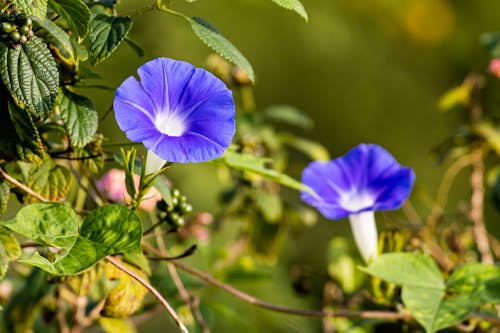
Morning glories are cheerful climbers with trumpet-shaped flowers in every shade imaginable. They can brighten a trellis or fence quickly and provide a lush, tropical feel. The catch is that their seeds are prolific, and they self-sow with abandon. A single plant can turn into dozens, taking over garden beds and even nearby planters.
While their blooms are hard to resist, gardeners often fight morning glory invasions yearly. The vines can also smother other plants if left untended. Regular pruning and deadheading are necessary to keep them in check. The allure is strong, but so is their appetite for space.
9. Blackberries
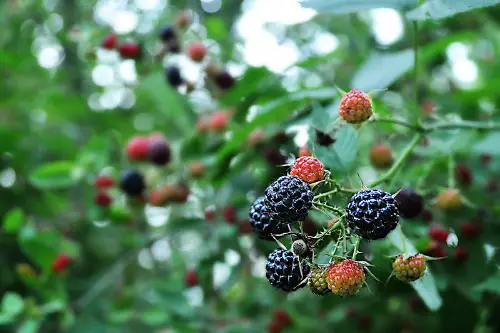
Blackberries are a gardener’s dream for jam, pies, and fresh eating. Their thorny bushes produce beautiful white flowers that eventually turn into delicious fruit. Yet, the thorns and sprawling canes can make the plants nearly impossible to manage. If left alone, blackberries will form dense, impenetrable thickets that dominate a yard.
They root wherever a cane touches soil, spreading aggressively and crowding out other plants. Removal is labor-intensive, often requiring machetes or repeated cutting. Despite their charm and tasty fruit, blackberries are a prime example of beauty with a wild streak. Their allure can quickly turn into frustration if not carefully controlled.
10. Coral Honeysuckle
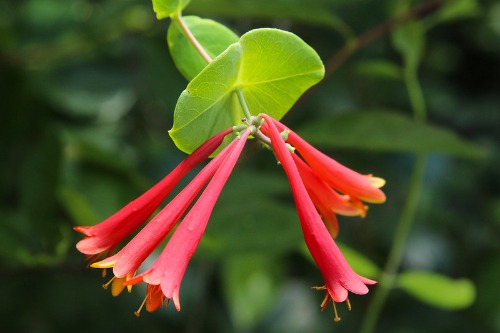
Coral honeysuckle dazzles with bright red or orange tubular flowers that attract hummingbirds. It’s perfect for trellises or fences, adding a tropical touch to temperate gardens. The downside is its rapid climbing and spreading habits. Without vigilant pruning, it can cover entire structures and smother nearby shrubs.
Gardeners are drawn to its flowers, often underestimating how quickly it can get out of hand. The plant can root at multiple points along its vine, making it nearly impossible to remove once established. It’s visually stunning but requires a disciplined pruning schedule. Beauty comes at the price of persistence with this one.
11. Sweet Alyssum
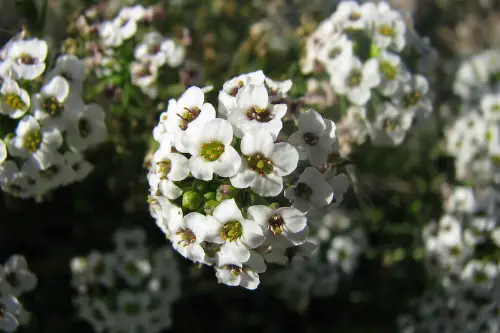
Sweet alyssum is a low-growing ground cover with tiny, fragrant flowers. Its delicate clusters can make any garden bed look like a fairy carpet. However, it’s deceptively persistent, spreading quickly through seeds. In the right conditions, it can take over garden borders and even squeeze out other small plants.
Gardeners love it for its scent and bloom density, but its aggressive reseeding can be frustrating. Pulling seedlings or deadheading flowers regularly is essential to maintain order. Otherwise, it multiplies like rabbits in spring. The result is a plant that’s cute, fragrant, and sometimes too ambitious for its own good.
12. Lemon Balm
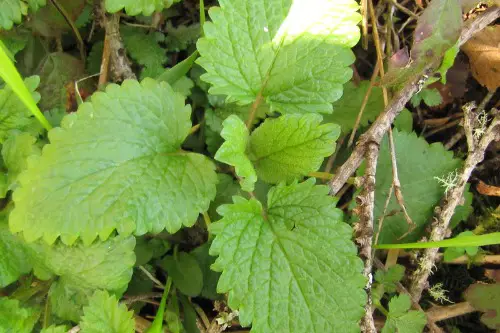
Lemon balm has a refreshing citrus scent and lovely green leaves that make tea or garnishes delightful. Its charm lies in its aroma and its ability to attract pollinators. But once planted, it spreads through underground runners that are hard to stop. A small patch can turn into a yard-wide takeover in a few seasons.
It’s a favorite for herbal gardens, but gardeners often underestimate its aggressiveness. Removing or containing it requires digging up roots or using barriers. Despite its usefulness and fragrance, lemon balm demands vigilance. Plant it wisely, or you’ll spend more time battling it than enjoying it.
13. Virginia Creeper
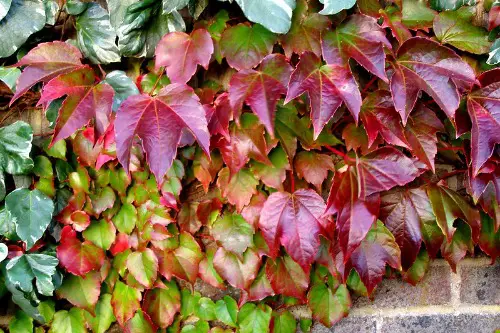
Virginia creeper is a fast-growing vine with gorgeous red foliage in the fall. It’s ideal for covering fences, walls, or pergolas quickly. The problem is its speed and strength—once established, it can pull down weak fences and invade trees. Its aerial roots cling to surfaces, making removal tricky and sometimes damaging.
Many gardeners are drawn to its seasonal color and coverage abilities, but it’s a plant that doesn’t know limits. It self-seeds, climbs aggressively, and can become difficult to control without regular pruning. The result is a vine that’s both stunning and potentially overwhelming. Enjoy its beauty, but respect its ambition.
This post 13 Plants That Look Gorgeous—Until They Take Over Your Entire Property was first published on Greenhouse Black.
